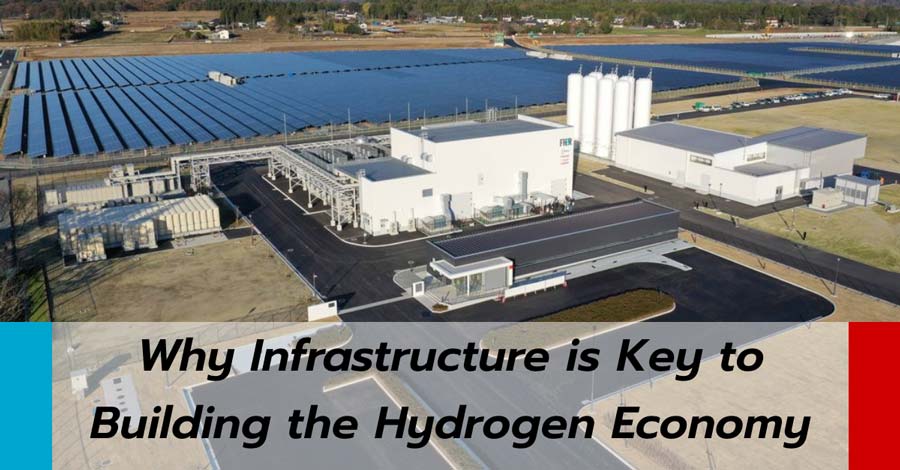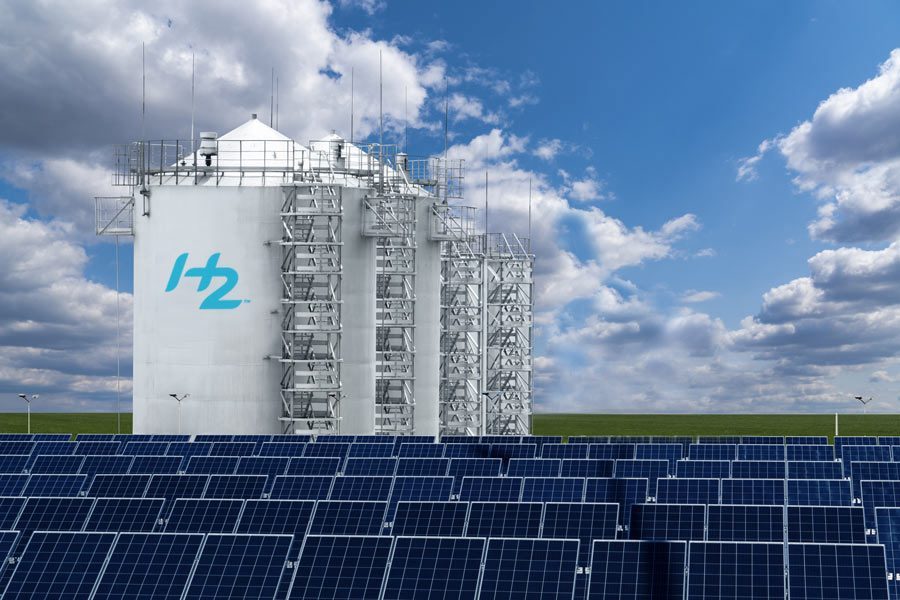Why Infrastructure is Key to Building the Hydrogen Economy
By: GenH2 Staff
Read Time: 3 minutes

Building out the Hydrogen Economy infrastructure is key to consumers being interested in buying into liquid hydrogen as an energy source, and making it widely accessible. Infrastructure is essential – it is the right adapter – to expanding the use of green hydrogen as a clean power source to combat climate change. Also, a key ingredient for realizing the potential of green hydrogen and its infrastructure is through collaboration. Building up a new value chain from scratch requires very deliberate coordination amongst policymakers, entrepreneurs, corporate partners and investors — a prime example of the village that is necessary to nurture a breakthrough to wide-scale deployment. Luckily, plans like “Hydrogen Shot,” part of the US Department of Energy’s (DOE’s) Energy Earth shots Initiative, are paving the way, by addressing the costly hurdles in establishing hydrogen infrastructure.
The DOE plans to hold a series of events to engage stakeholders, including a Hydrogen Shot Summit, the first of which will take place on August 31 – September 1, 2021. As part of the Hydrogen Shot launch at DOE’s Hydrogen Program Annual Merit Review, DOE’s Hydrogen Program issued a Request for Information (RFI) on “viable hydrogen demonstrations, including specific locations, that can help lower the cost of hydrogen, reduce carbon emissions and local air pollution, create well-paying jobs, and provide benefits to disadvantaged communities.”
There are also organizations dedicated to building hydrogen infrastructure, like H2USA, a “public-private partnership to promote the commercial introduction, and widespread adoption of hydrogen-fueled fuel cell vehicles (FCVs) across America.” H2USA includes more than 30 businesses and organizations, including the U.S. Department of Energy, automakers, fuel cell suppliers, materials and component manufacturers, energy companies, national laboratories, associations, and non-governmental organizations (NGOs). They also argue that hydrogen infrastructure will be cost effective, noting that the cost of hydrogen infrastructure, along with the cost of hydrogen, is steadily declining and is estimated to be similar to battery electric vehicle charging infrastructure on a per-vehicle basis. Government support is also vital in the early stages of the infrastructure roll out, and the Biden administration has made clear that they are committed to reducing carbon emissions by 2030.
Notably, companies like GenH2 are standing out in vision and mission goals in key infrastructure solutions and approaches, to support the urgency of building out the Hydrogen Economy infrastructure in the coming years.
 Copyright All Rights Reserved GenH2
Copyright All Rights Reserved GenH2
 Copyright All Rights Reserved GenH2
Copyright All Rights Reserved GenH2 Copyright All Rights Reserved GenH2
Copyright All Rights Reserved GenH2